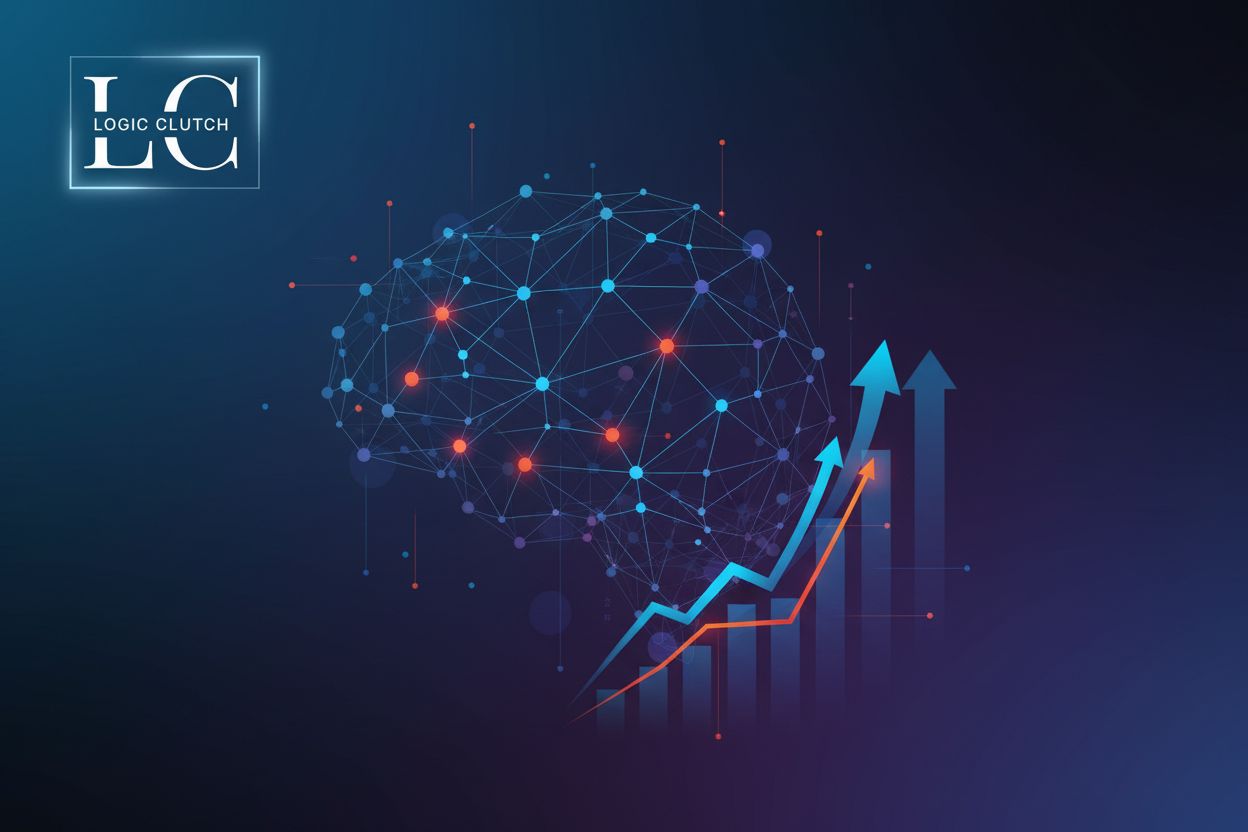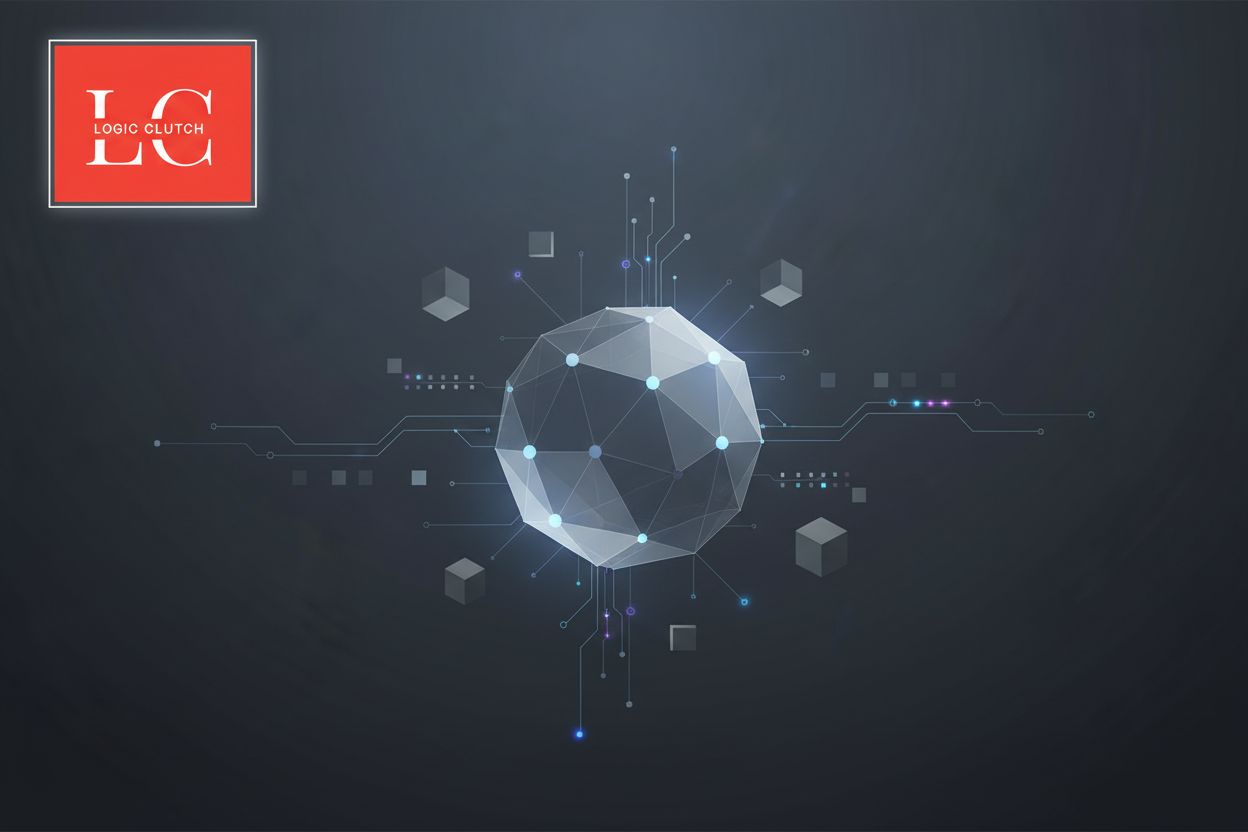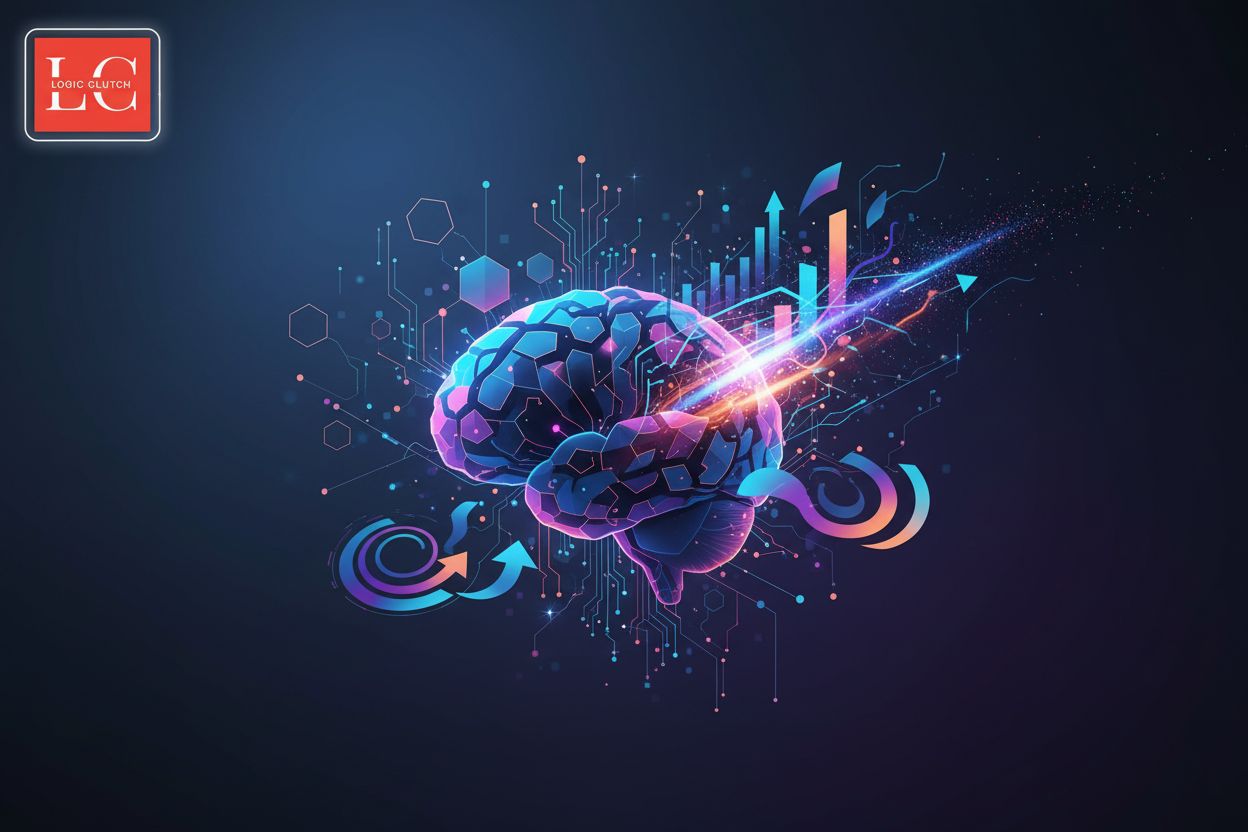AI-Driven Personalization with Salesforce CDP
TL;DR
Introduction: The Power of AI and CDP in Personalization
Personalization: it's not just a buzzword anymore, is it? Customers expect you to know them, and ai is making that possible. But how? And what's a cdp gotta do with it? Let's dive in...
Customers wants personalized experiences. It's not a "nice to have" now; it's table stakes. (2021 State of Personalization Report | Twilio Segment) They want you to anticipate what they need, not just react to what they're telling you. (Don't Anticipate... REACT! - FIZ)
Data and ai are the secret ingredients. Ai can sift through mountains of customer data to find patterns that humans would miss. (Uncover Hidden Community Insights with AI-Driven Data Analysis) AI Personalization: A Complete Guide - Salesforce US. This means more relevant offers, content, and interactions.
Salesforce cdp is a key enabler. It brings all your customer data into one place, making it accessible for ai to do its magic. Without a cdp, your ai is working with a hand tied behind its back. A Customer Data Platform (CDP) is essentially a system that collects, unifies, and manages customer data from various sources to create a single, comprehensive customer profile. This unified view is absolutely critical for any effective personalization strategy, especially when leveraging ai.
Think about healthcare: ai could analyze patient history to proactively schedule check-ups. Or, in retail, ai could predict when a customer is about to churn and trigger a personalized offer to keep them engaged. The possibilities are endless, and it all starts with having the right data foundation.
With a solid cdp and ai strategy, you can start delivering experiences that feel truly personal. Next up, we'll look at how to build that data foundation.
Understanding Salesforce CDP and its Capabilities
Okay, so you're probably wondering what Salesforce cdp actually is, right? It's not just another acronym to throw around in meetings, i promise.
- It's like a central hub where all your customer data chills. Salesforce cdp unifies data from all over the place—marketing, sales, service, even those weird, legacy systems you've been meaning to replace, what?
- Think of it as creating a single customer view. No more guessing who's who.
- It's the foundation for, like, actually knowing your customers.
Basically, it's the key to personalization that doesn't feel creepy. Now, let's get into how this works.
AI's Role in Enhancing Salesforce CDP for Personalization
Okay, so how does ai actually make Salesforce cdp better at personalization? It's more than just a little sprinkle of magic, let me tell you.
- Ai algorithms dive deep into your customer data within Salesforce cdp. Think of it like this: ai is the detective, and your cdp is the giant room full of clues.
- Machine learning is key here. It's not just about seeing what customers bought last week; it's about predicting what they'll want next month. Imagine predicting what someone will order for lunch before they even think about it! Machine learning enables ai to learn from data patterns, identify correlations, and make predictions without being explicitly programmed for every scenario. This is crucial for anticipating future customer behavior and preferences. Common ML techniques for personalization include collaborative filtering (for recommendations), regression analysis (for predicting purchase likelihood), and clustering (for advanced segmentation).
- Ai helps with segmentation and targeting too. No more blasting the same email to everyone, ai figures out who actually wants to see it. It's about finding the right audience for the right message.
Basically, ai turns your cdp data into actionable insights. Next, we'll look at some concrete examples of ai-powered personalization.
Concrete Examples of AI-Powered Personalization
Let's get real for a sec and talk about what ai-driven personalization actually looks like in action. It's not just theory; it's happening now.
- Personalized Product Recommendations: Think Amazon's "Customers who bought this also bought..." or Netflix suggesting your next binge-watch. Ai analyzes past purchases, browsing history, and even what similar users like to surface products or content that’s highly relevant to an individual.
- Dynamic Website Content: Imagine a website that changes its homepage banner, featured products, or even calls to action based on who is visiting. Ai can tailor the entire online experience in real-time to match a user's known preferences or inferred interests.
- Predictive Email Marketing: Instead of generic newsletters, ai can determine the best time to send an email, the most compelling subject line, and the specific offers or content that will resonate with each recipient. This could mean sending a discount on a product a customer has repeatedly viewed or offering a relevant service based on their recent activity.
- Personalized Customer Service: Ai can help service agents by providing them with a complete customer history and predicting potential issues before they arise. For example, if a customer's usage patterns indicate a potential technical problem with a product, ai can flag this for proactive outreach.
These examples show how ai, fueled by unified data from a cdp, can create experiences that feel incredibly tailored and helpful. Now, let's get into how you actually build this.
Implementing : A Step-by-Step Guide
Alright, so you've got your Salesforce cdp all set up – now what? Time to put ai to work, obviously. First things first, you gotta get your data ready to roll.
- Data Integration: Connect all your customer data sources to Salesforce CDP. This includes marketing automation platforms, sales CRMs, customer service tools, e-commerce platforms, and even offline data like loyalty programs or in-store purchases. The goal is to bring everything into a unified profile.
- Data Cleansing and Transformation: This is essential. Garbage in, garbage out. You need to ensure your data is accurate, consistent, and formatted correctly. This involves identifying and correcting errors, removing duplicates, standardizing formats (e.g., addresses, phone numbers), and enriching data where possible.
- Identity Resolution: Salesforce CDP will stitch together disparate data points to create a single, persistent customer profile. This is where it links anonymous website visits to known customer records, for instance.
- Segmentation and Audience Building: Based on the unified data, you can create sophisticated customer segments. Ai can assist here by identifying micro-segments or predicting future behavior for more dynamic audience creation.
- Model Selection: Choosing the right AI model is crucial for meeting personalization goals. Carefully assess your objectives and select models that align with them. For personalization, common models include:
- Recommendation Engines: For suggesting products, content, or services (e.g., collaborative filtering, content-based filtering).
- Predictive Models: For forecasting customer lifetime value, churn probability, or purchase intent (e.g., logistic regression, decision trees, neural networks).
- Clustering Algorithms: For advanced customer segmentation based on complex behavioral patterns (e.g., K-means).
The suitability of a model depends on the specific personalization outcome you're aiming for.
- AI Model Deployment and Integration: Integrate your chosen AI models with Salesforce CDP and your customer-facing channels (website, email, app). This allows for real-time data flow and personalized interactions.
- Testing and Optimization: Continuously test your personalization strategies, measure their impact, and use the results to refine your AI models and segmentation.
You want to have clean data, and you want to have the right models. Next up: making sure it actually works.
Best Practices for Maximizing AI-Driven Personalization
Data privacy – it's not just a legal headache, it's about trust, right? Mess that up, and your fancy ai personalization is basically useless.
- Adhering to regulations like GDPR and CCPA is crucial. Fines? No thanks. This means understanding consent management, data subject rights, and data minimization principles.
- Transparency is also key. Let customers know exactly how you're using their data. No one likes that "i didn't know you were doing that" feeling.
- Practical Example: Include clear, concise privacy notices on your website and within your marketing communications. Offer easy-to-access preference centers where customers can see what data you have and control how it's used for personalization.
- Implement rock-solid data handling. Think encryption, access controls, the whole shebang.
- Practical Example: Regularly audit access logs to ensure only authorized personnel can access sensitive customer data. Encrypt data both in transit and at rest. Establish clear data retention policies to avoid keeping data longer than necessary.
Next, let's talk ethics...
Ethics of AI-Driven Personalization
While ai-driven personalization offers incredible benefits, it's crucial to navigate the ethical landscape responsibly. It's not just about what you can do, but what you should do.
- Bias in AI: Ai models learn from data, and if that data contains historical biases (e.g., related to race, gender, socioeconomic status), the ai can perpetuate or even amplify those biases. This can lead to discriminatory outcomes in personalization, such as offering fewer opportunities or less favorable terms to certain groups.
- Mitigation: Actively audit your data for bias, use diverse datasets for training, and implement fairness metrics in your ai model evaluation.
- Manipulation vs. Assistance: There's a fine line between genuinely helping a customer and subtly manipulating them into making a purchase or taking an action they wouldn't otherwise. Overly aggressive or deceptive personalization can erode trust.
- Mitigation: Focus on providing value and solving customer problems. Ensure personalization efforts are aligned with customer needs and preferences, not just short-term business gains.
- Data Security and Consent: Beyond legal compliance, ethical data handling means respecting customer autonomy. This includes obtaining informed consent for data usage and ensuring robust security measures to protect that data from breaches.
- Mitigation: Be upfront about data collection and usage. Make it easy for customers to opt-out or withdraw consent. Invest in strong cybersecurity practices.
Navigating these ethical considerations is paramount for building long-term customer loyalty and maintaining a positive brand reputation.
The Future of AI and CDP in Customer Engagement
Okay, so what does the future actually hold for ai and cdps? I mean, beyond all the hype, what's actually gonna change for us, you know, normal people trying to use this stuff?
- Hyper-personalization is gonna get, well, hyper. Think real-time data, adapting to what someone is doing right now. Not just "oh, they bought this last week," but "they're looking at this right now, let's show them this."
- Ai will basically be creating content, like, on its own. Imagine ai writing different ad copy versions based on who's seeing it. Wild, right?
- Predictive Customer Service is going to be a thing. Ai will anticipate problems before they happen. For example, if a customer's usage patterns for a software product show a decline or unusual error rates, ai can flag this to trigger proactive support outreach or offer relevant troubleshooting guides before the customer even contacts support. This is more than just suggesting a coffee; it's about preventing a service failure.
It's all about making things smoother, easier, and, yeah, maybe a little bit creepy if it's not done right. Speaking of integrations...
Logicclutch: Your Partner in Salesforce CRM Solutions
So, you're thinking about taking the plunge with ai-driven personalization but feeling a little lost? That's where a partner like Logicclutch comes in. They're not just another vendor; they're like, your sherpa, guiding you through the Salesforce CRM jungle.
- Logicclutch can help you implement and fine-tune your Salesforce cdp specifically for ai personalization. They get into the nitty-gritty to make sure it actually works for your business.
- They got mad skills in master data management. This means they are making sure all your customer data is clean, consistent, and ready for ai to analyze. Think of it as decluttering your data closet before the ai party.
- Need extra hands? Logicclutch offers on-demand development and resource augmentation. So, if your team is swamped, they can bring in the reinforcements to keep your personalization initiatives on track.
Basically, Logicclutch helps take the headache out of complex Salesforce implementations. Because who needs more stress, right?
Next up, we'll wrap things up with some final thoughts and key takeaways...
Conclusion: Embracing AI-Driven Personalization for Business Success
Okay, so we've talked about a lot, right? But what's the real takeaway here? It's pretty simple, actually.
Think about how ai-driven personalization, powered by a solid cdp, can really transform your customer interactions. It's not just about sending emails with their name on it – it's about anticipating what they need before they even know it themselves.
Stop sitting on the sidelines! Embrace ai and cdps to make some seriously meaningful customer experiences. It's not a question of if this is the future, it's when you're gonna jump in.
Ultimately, it's all about the growth, isn't it? Personalized engagement is a direct line to boosting your business. So, why wait?





